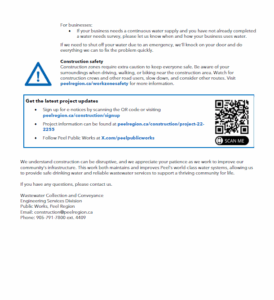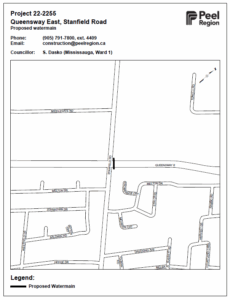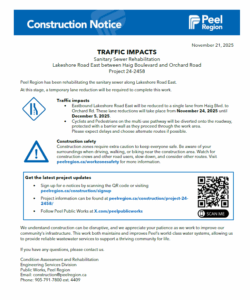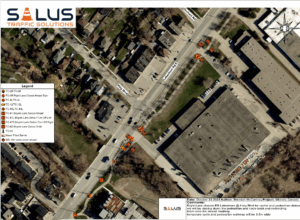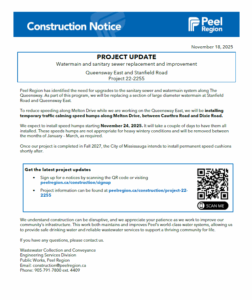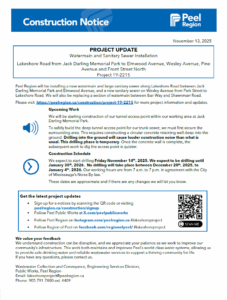
Winter #INThePort Begins November 29, 2025 6:00 p.m. to 9:00 p.m.
Join us on Saturday, November 29, 2025, from 6:00 p.m. to 9:00 p.m. in Port Credit Memorial Park as we kick off the holiday season in true Frozen style! 💙
Experience the magic of the season with:
Lighting of the Lighthouse & the Port Credit Christmas Tree
Special guest appearances and performances — including Elsa and Olaf!
Carolling in the Park presented by the Mississauga Cooksville Lions Club & Credit Valley Lions Club
FREE traditional cranberry punch and holiday treats provided by the Lions!— bring your own mug!
Trackless Train Rides
Live Music & Holiday Entertainment
Vendors, Games, and Festive Fun for All Ages
Light up the Port begins at 7:00 p.m. with the lighting of the Port Credit Christmas Tree and Port Credit Lighthouse!
Carolling in the Park begins at 7:30 p.m.!
This spectacular night launches Winter #INThePort, running until December 24, 2025, with magical experiences throughout the holidays — including:
Victorian Christmas Carollers
Sweets on the Street
Photos with Santa
Window Wonderland
Holiday Contests & Giveaways
Port Credit is the place to be for holiday shopping, parties, and celebrations!
For more info visit:👇
https://portcredit.com/upcoming-events/
Thank you to our holiday partners Councillor Stephen Dasko and the Mississauga Cooksville Lions Club & Credit Valley Lions Club.
A big holiday thank you to our Port Credit Business Community who make animations and events in Port Credit possible – shop local #INThePort this holiday season!


